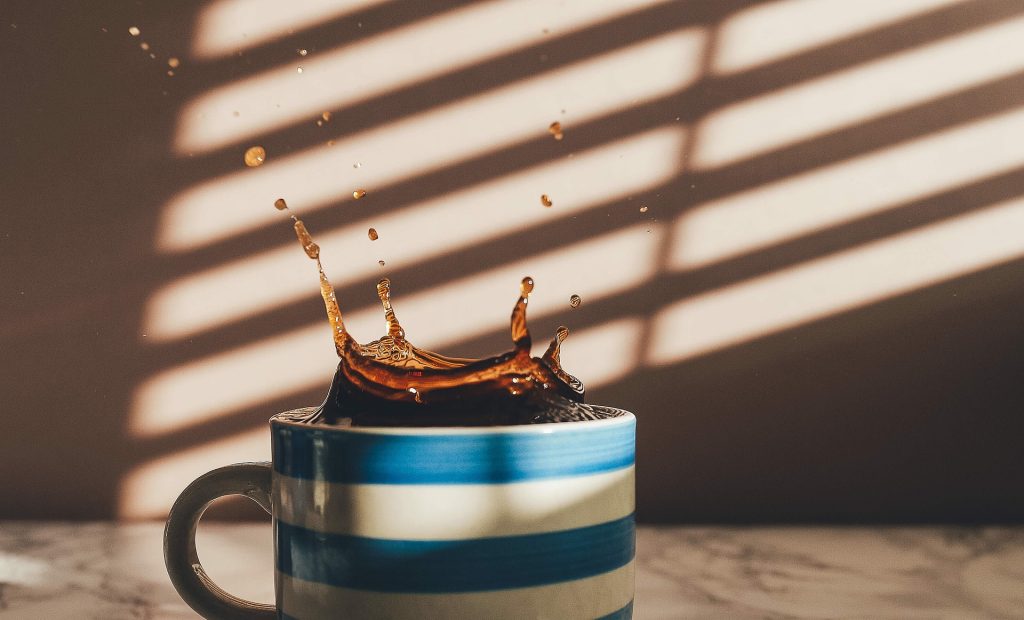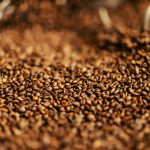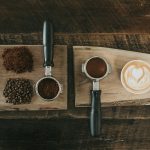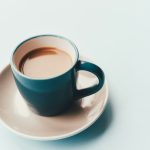Table of Contents
Some weeks ago, I watched a barista dump a customer’s $8 pour-over straight down the drain. The crime? The water was too hot. Turns out, that kettle whistling on your stove isn’t just annoying your neighbors – it’s absolutely murdering your coffee’s flavor. And after testing hundreds of cups, I can prove exactly why this common mistake is costing you more than just money.”
The Boiling Point of Bad Coffee
That scalding hot water you’re pouring over your precious coffee beans? It’s the equivalent of cooking a perfect steak by throwing it into a volcano. After spending years testing different brewing temperatures and pestering professional baristas, I’ve uncovered why boiling water is your morning coffee’s worst enemy. The most shocking part? Most coffee shops aren’t even getting this right – I’ve secretly measured water temperatures at dozen of cafés, and more than half were serving what professionals would consider ruined coffee.
The Science Behind the Burn

Remember burning your tongue on coffee and not tasting anything for days? That’s exactly what happens to your coffee beans when they meet boiling water. At 212°F (100°C), water doesn’t just extract flavor – it literally cooks the delicate compounds that make coffee taste amazing. My local roaster showed me two cups of the same coffee – one brewed with boiling water, one at 200°F. The difference wasn’t subtle; it was like comparing a charbroiled burger to a perfectly grilled one. The science gets even more interesting when you consider that different compounds in coffee dissolve at different temperatures. Boiling water indiscriminately rips everything out at once, while proper temperature control allows for a more nuanced extraction that preserves the coffee’s natural sweetness and complexity.
The Temperature Sweet Spot
After three months of obsessive testing (and many jittery afternoons), I’ve found the magic number: 195-205°F. This range isn’t arbitrary – it’s where water is hot enough to extract all the good stuff but cool enough to respect the beans. Think of it like steeping tea – you wouldn’t pour boiling water over delicate green tea leaves, right? Coffee deserves the same respect. The real game-changer came when I started measuring the actual temperature of the coffee slurry – that’s the mixture of water and grounds – during brewing. Even if your initial water temperature is perfect, the temperature drops significantly during brewing. This is why starting with boiling water is such a disaster – by the time it cools to the right temperature, you’ve already damaged the most delicate flavors.
The Bitter Truth
That harsh, bitter taste you blame on your coffee beans? It might actually be your water’s fault. Boiling water aggressively strips everything from the grounds, including compounds that make your coffee taste like the bottom of an ashtray. One café owner demonstrated this by brewing the same premium beans at different temperatures – the boiling water batch tasted like something from a gas station that had been sitting out all day. The most fascinating part was watching him use a microscope to show the physical damage that boiling water does to the coffee grounds. Under magnification, you could actually see how the cell structures were brutally ruptured by boiling water, while properly heated water gently coaxed out the oils and flavors we want.
The Waiting Game

Here’s a game-changing tip I learned from a champion barista: After your kettle boils, wait 30-45 seconds before pouring. This brief pause lets the water temperature drop to that sweet spot naturally. No fancy temperature-controlled kettle required (though they’re pretty awesome if you want to get one). This simple trick transformed my morning coffee from “wake me up” to “make me smile.” Want to get really precise? The color of steam can actually tell you a lot about water temperature. When it first boils, steam is thick and white. Wait until it becomes nearly invisible – that’s your signal that the temperature has dropped to the ideal range. One barista showed me how to use the back of my hand to feel the steam’s intensity, turning waiting into an intuitive art.
The Different MethodsAt Different Temps
Not all brewing methods are created equal. Each one has its own perfect temperature range:
- French Press: 200°F – A little hotter because of the long steeping time
- Pour-over: 195-205°F – The sweet spot for most manual brewing
- AeroPress: 185-195°F – Lower temps actually work better here
- Cold Brew: Room temperature – Patience is the secret ingredient
The magic lies in understanding why each method needs its own temperature. French Press needs hotter water because the mesh filter lets through more oils and fine particles. Pour-over’s continuous flow requires maintaining heat throughout the brew. The AeroPress’s pressure means we can extract effectively at lower temperatures. This isn’t just coffee snobbery – it’s about getting the best out of each brewing method’s unique design.
The Roast Factor

Here’s something that blew my mind: darker roasts actually need slightly cooler water than light roasts. Think about it – those beans have already been roasted longer, so they’re more susceptible to burning. One roaster showed me how brewing dark roasts with boiling water releases compounds that taste like burned rubber. No thanks. She demonstrated this by brewing the same dark roast at different temperatures and measuring the dissolved solids – the boiling water actually extracted fewer desirable compounds while pulling out more of the harsh, bitter elements. It’s like overcooking an already well-done steak; you’re just making it worse.
The Altitude Game-Changer
Living in the mountains? Lucky you – water boils at a lower temperature at high altitudes. A coffee shop owner in Colorado taught me that at 5,000 feet elevation, water boils at around 202°F – much closer to ideal brewing temperature. For the rest of us at sea level, we need to wait for our boiling water to cool down. The science behind this is fascinating – for every 1,000 feet of elevation gain, water boils at about 1.8°F lower. One mountain café I visited actually adjusted their brewing techniques seasonally because barometric pressure changes affected their water temperature. They even kept a chart showing the relationship between elevation, air pressure, and ideal brewing temperatures.
The Real-World Test
Want to prove this to yourself? Try this experiment: make two cups of coffee using the same beans, grind, and method. Use boiling water for one and water that’s rested for 30 seconds for the other. Take a sip of each. The difference is immediate – the cooler-water cup has clarity, sweetness, and complex flavors that the boiling-water cup completely misses. To make this even more interesting, try it with different roast levels. Light roasts show the most dramatic difference, while dark roasts might show more subtle changes in bitterness and body. My favorite part? Watching people’s faces when they try this test – that moment of revelation when they realize they’ve been accidentally ruining their coffee for years.
Perfect Temperature, Perfect Coffee

Stop burning your beans into bitter submission. Whether you invest in a fancy kettle or just learn to wait those crucial 30 seconds, your coffee will thank you with flavors you never knew were possible. Sometimes the best things in life really do come to those who wait – and in coffee, those 30 seconds can make the difference between a cup that makes you smile and one that makes you wince. Remember, every morning is a new chance to brew the perfect cup, and now you know exactly how to get there. Time to put down that boiling kettle and give your coffee beans the respect they deserve.

I’m Audrey, a dedicated mother of teenagers with an insatiable love for coffee. On BeanBrewLove.com, I intertwine my need for caffeine with reflections on life. Whether expressing a nostalgic sentiment or injecting a hint of sarcasm, my blog is a reservoir of coffee culture, brewing techniques, and global coffee reviews.




